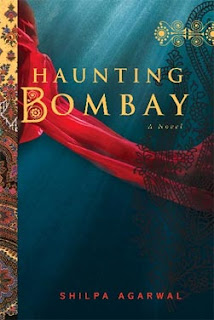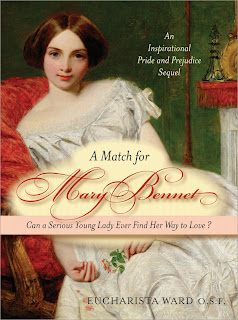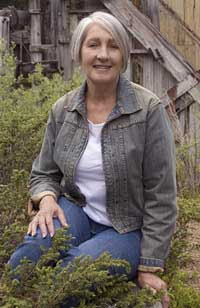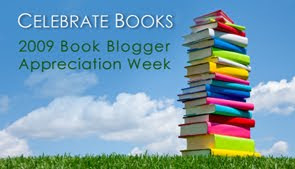Willoughby’s Return by Jane Odiwe reunites readers with Mr. and Mrs. Brandon and Marianne’s sisters Margaret and Elinor from Sense & Sensibility by Jane Austen.
“But three years of married life had done little to really change her. Marianne still had an impetuous nature, she still retained a desire for impulse and enterprises undertaken on the spur of the moment.” (Page 3)
Truer words were never spoken about Marianne. She is the same impetuous girl from Austen’s book, even though she is married to Colonel Brandon and has a son, James. Her husband, however, has obligations to his ward, the daughter of his deceased first love, and her child–a child she had with Marianne’s first love, Mr. Willoughby. Drama, drama, drama fills these pages, just as they filled Marianne’s life in Ausen’s work, but Odiwe adds her own flare to these characters.
Marianne continues to hide things from her husband no matter how innocent the situations may be and her jealousies drive her to make nearly scandalous decisions and snap judgments. However, while this book is titled Willoughby’s Return, he is more of a minor character and his storyline with Marianne looms from the sidelines as her younger sister Margaret and her beau Henry Lawrence take center stage.
“She watched two raindrops slide down the glass, one chasing the other but never quite catching up.” (Page 39)
Margaret is very like Marianne in that she is passionate, romantic, and impetuous. She’s opposed to marriage and Marianne’s matchmaking until Margaret sets eyes on Henry Lawrence. She falls head-over-heels for him, but Odiwe throws a number obstacles in their way.
Readers may soon notice some similarities between Henry Lawrence and Frank Churchill from Emma by Jane Austen, but the romance unravels differently for Henry and Margaret than it does from Frank and Emma. Readers that enjoy Jane Austen’s books and the recent spin-offs will enjoy Willoughby’s Return — a fast-paced, regency novel with a modern flair.

This is the 5th item I’ve completed for the Everything Austen Challenge 2009. I’m one item away from meeting my goal, which will be coming up either later this month or in December.
Don’t forget the Willoughby’s Return giveaway, here.
Additionally, I would like to thank Jane Odiwe and Sourcebooks for sending me a free copy of Willoughby’s Return for review. Clicking on title links will bring you to my Amazon Affiliate page, not purchase necessary.
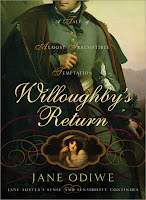


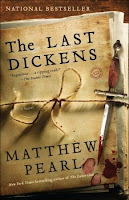




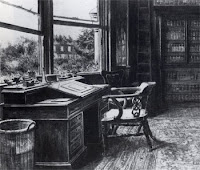
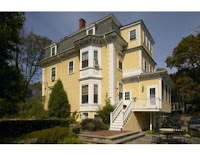
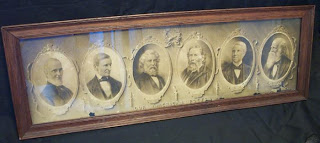
 Margaret Campbell Barnes’
Margaret Campbell Barnes’ 